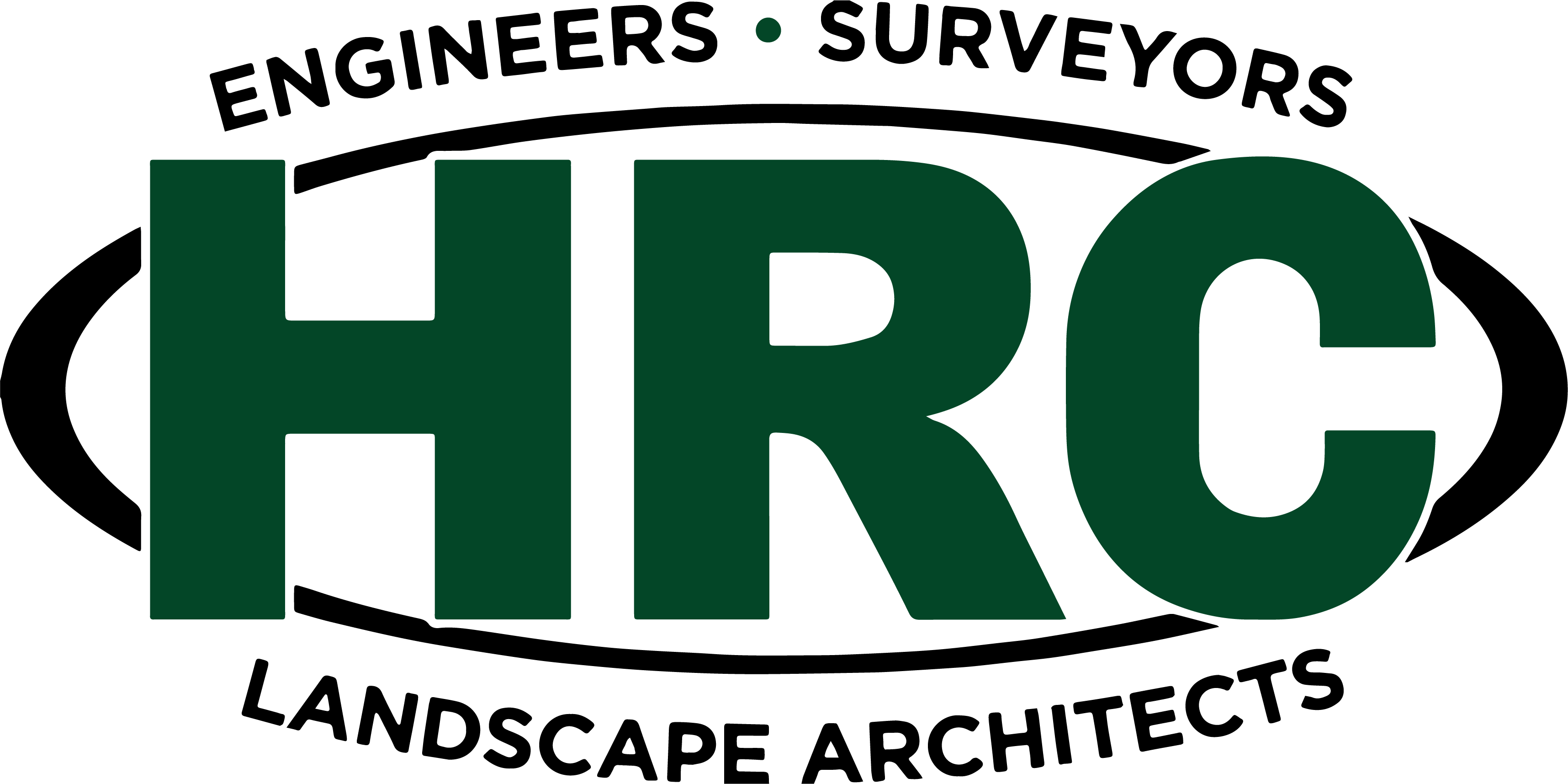By Howard B. Ray PE
President and CEO, HRC Engineers
For most civil engineering firms, winning big projects is both an opportunity and a challenge. While landing a high-profile contract drives growth, it often raises the question: Do we have the bandwidth in-house to deliver on time and on budget—without overextending?
For many CE organizations, the first instinct is to quickly hire staff—or scramble to reassign resources. These options, however, can strain operations, create onboarding bottlenecks, and leave you vulnerable once the engagement is over.
There is another path to take: Aligning with a like-minded group of civil engineers, landscape architects, and other designers to get the job done most efficiently.
Rather than adding overhead, partnering gives you the extra capacity you need without sacrificing quality, consistency, or control. It’s a smart, scalable way to take on more projects and protect your business.

“After having worked with the HRC team, the UES team is very much in favor of doing business together.”
David M. Hesterlee, PE, Vice President, Partner of UES (formerly Contour Engineering)—and valued HRC client
Why Civil Engineering Teams Join Forces
- Quickly scale without long-term commitment: Avoid hiring staff you can’t sustain after the project wraps.
- Maintain front-line client relationships: Count on a behind-the-scenes extension of your organization to ensure you’re able to deliver as expected.
- Reduce risk: Prevent burnout, missed deadlines, budget over-runs, and the risk of not delivering in the manner your client expects.
What a Productive Partnership Entails
- Complementary Skills
Your organization might excel in roadway design or site development, for example. But what if the new project calls for drainage modeling, utility coordination, or permitting services? Finding a like-minded group of civil engineers that brings these skills to the table without disrupting internal structure is key. - Flexibility
Not every project calls for the same services. Some require full design augmentation, while for others it’s short-term drafting help. The right support firm adapts to your workflow to make sure complementary skills required for the job are in place. - Professional, Behind-the-Scenes Reinforcement
Your reputation means everything. When you bring in an affiliate, expect them to perform seamlessly as part of your company. And it’s important that every partner team member honors your client relationships, protects your brand, and delivers to your standards. - Efficiency (Not Redundancy)
The right partner understands that you’re not looking for more process; you need more bandwidth. Collaborating designers must understand how to plug in quickly, share tools, and keep coordination streamlined, and ensure handoffs are transparent.
The Cost of Going It Alone
- Delayed delivery due to limited capacity.
- Higher error rates due to overworked staff.
- Increased costs due to reactive hiring or bringing on unvetted subcontractors.
- Erosion of client trust due to deadline (or quality) slips.
Aligning with a complementary firm lets you handle surge work responsibly, without risking long-term stability and reputation.
Not All Civil Engineers Are Created Equal
- Experience: Have they worked on similar projects or within your client’s industry?
- Culture Fit: Do they communicate clearly and perform transparently, and do their values sync with yours?
- Responsiveness: Can they act quickly and flexibly, especially when deadlines are tight?
Think of the aligned CE team you tap not as a competitor, but as an ally that expands your capabilities and boosts your ability to deliver what your clients expect.
